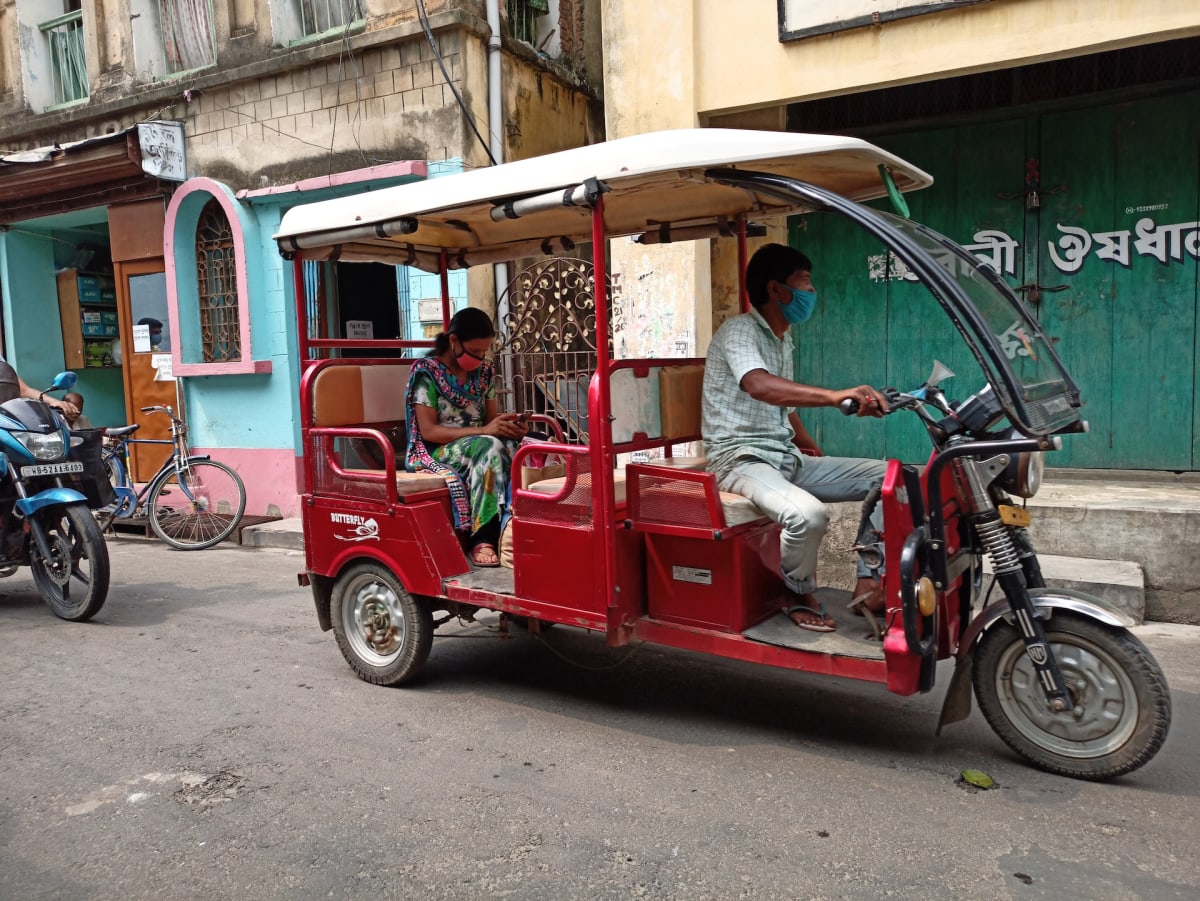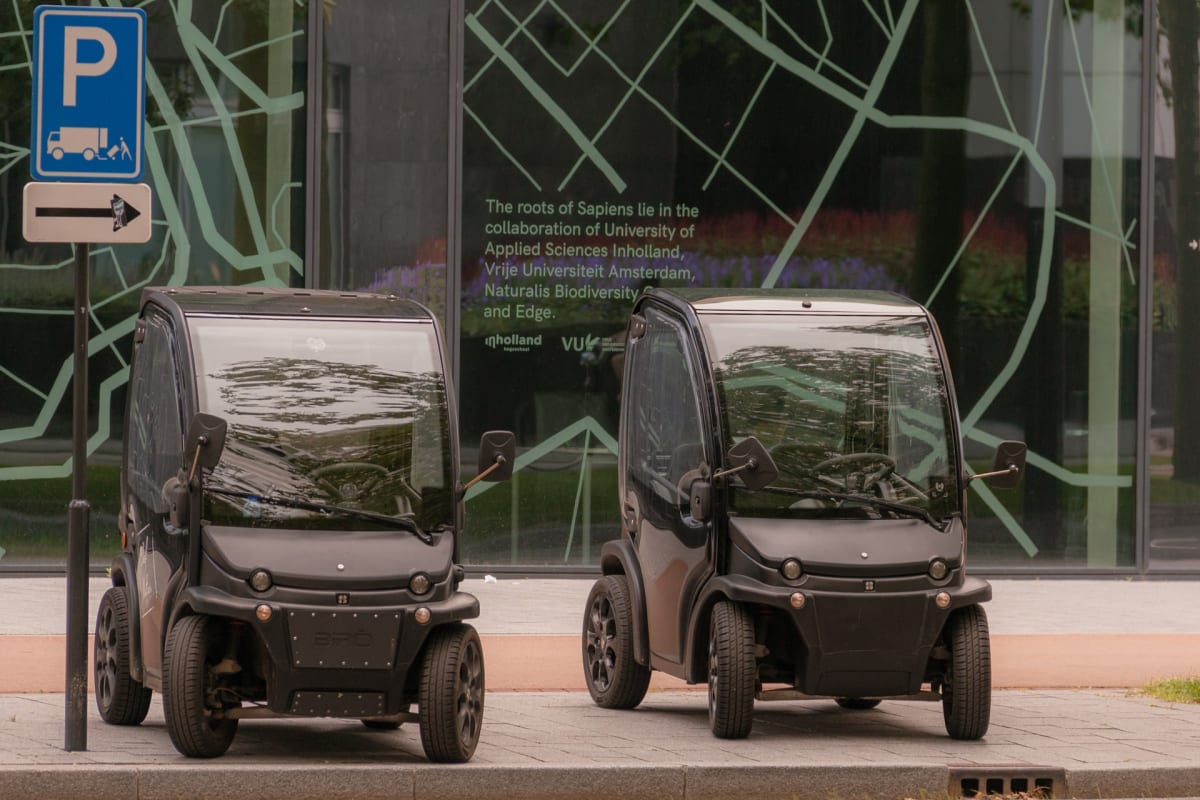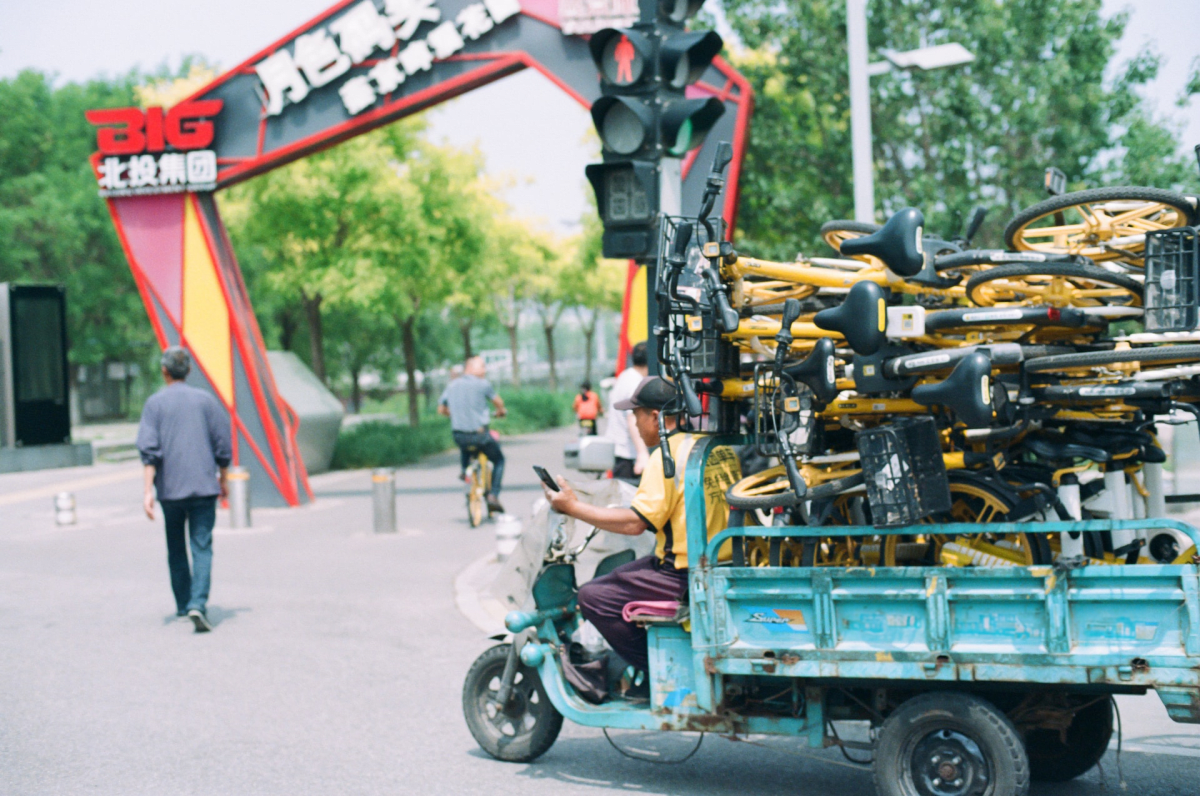
Preventing Electric Bicycle Motor Overheating: Causes and Solutions
September 26, 2023
Classification of Electric Tricycles and Their Components
October 9, 2023Contents
Among all environmental factors, temperature has the most significant impact on the charging and discharging performance of electric tricycle batteries. The electrochemical reactions occurring at the electrode/electrolyte interface are closely related to ambient temperature, which is often considered the “heart” of the battery. If the temperature decreases, the reaction rate at the electrode also decreases. Assuming the battery voltage remains constant, the discharge current decreases, resulting in a lower power output. Conversely, if the temperature rises, the battery’s power output increases. Temperature also affects the speed of electrolyte transfer; higher temperatures accelerate it, while lower temperatures slow it down. This, in turn, affects the charging and discharging performance of the battery.
However, excessively high temperatures can disrupt the chemical balance inside the battery, leading to side reactions. Battery life can be shortened when the environmental temperature exceeds 40°C or falls below -10°C. Therefore, during hot summer days, it’s advisable to shield the battery from direct sunlight. In the winter, the battery should be stored indoors and charged indoors as well. After the battery is fully charged, consider extending the charging time by an additional 2 hours. When the temperature drops to -10°C, the battery can only release about 60% of its capacity. Consequently, the winter range on a single full charge is significantly reduced compared to the summer. It’s recommended to pedal assist when riding in the cold winter months.
Section One: Charging Habits and Precautions for Electric Tricycles
1. Avoiding Incorrect Charging Habits
The saying “batteries don’t die; they are killed by overcharging” holds true. Many consumers complain that their electric tricycle batteries fail within a few months of purchase. Besides the battery’s inherent quality, many issues arise from poor user habits, such as topping off the charge, leaving the battery plugged in for extended periods, or using mismatched chargers. These habits significantly reduce battery lifespan.
Recommended Actions: Charge regularly, avoid deep discharges, establish good charging practices. The best time to charge is when the battery reaches approximately 55-75% capacity, not when it’s completely depleted to prevent “deep discharging.” Don’t charge the battery while it’s upside down. When the charger’s indicator light shows full charge, consider extending the charging time by 1-2 hours. If the tricycle won’t be used for an extended period, charge the battery fully and store it properly. When charging, connect the battery first, then the indoor power source, and reverse the process when finished. Perform a deep discharge every two months to eliminate reaction residue on the electrode surface, thus enhancing battery capacity. Using a charger that matches the battery’s specifications is essential, as different batteries have optimal charging modes. High-quality chargers can also help maintain the battery, reducing overall costs.
2. Strictly Follow Usage Instructions
Before charging your electric tricycle, carefully read the user manual provided with the charger. Understand usage requirements, charging methods, and safety precautions.
3. Pay Attention to Charging Environment
During the charging process, avoid covering or placing objects on the battery or charger. Ensure proper ventilation. Keep flammable or explosive materials like plastic foam, gasoline, lighters, etc., away from the charger and battery within a 3-meter radius. Position the charger away from electromagnetic interference sources like computers, phones, and televisions. Additionally, keep charging areas out of reach of children.
4. Avoid Overcharging
Battery charging times typically range from 6-8 hours, depending on the specific circumstances. It’s best to keep the battery in a charged state when not in use and recharge as needed to extend battery life.
5. Promptly Address Issues During Charging
If you notice that the battery is taking an unusually long time to charge (beyond the manufacturer’s specified time) or if it becomes excessively hot during charging, stop charging immediately. Check if the charger is functioning correctly or consult your local dealer or service technician for an assessment.
6. Discontinue Use of Faulty Chargers
Regularly inspect the cables and connectors of older chargers for damage, such as cracks, breaks, or loose connections. If you notice performance degradation in older batteries, take timely maintenance measures.
Section Two: Usage Habits and Precautions for Electric Tricycles
1. Consider Road Conditions
Recommended Actions: When starting, riding uphill, carrying heavy loads, or facing headwinds, use pedal assistance to alleviate strain on the battery and motor, extending their lifespan.
Electric tricycles are not suitable for use on poor or steep road surfaces. If your daily commute involves uphill terrain, you’ll notice a significantly reduced range on a single charge compared to flat roads.
2. Handling Heavy Loads
While electric tricycles are convenient for carrying cargo or passengers, overloading can pose safety risks and significantly affect battery life.
Recommended Actions: Standard 48V12AH electric tricycles can handle regular loads or small children without a major impact. If you require heavy cargo or adult passengers, consider using a higher-power electric tricycle designed for such loads.
3. Avoid Zero-Starts
Zero-starting, where you directly engage the electric motor from a standstill, may seem convenient but can severely harm the battery. Starting from a standstill draws high current and consumes more energy, making the battery susceptible to damage.
Recommended Actions: Avoid zero-starts whenever possible. Instead, use pedal assistance and gradually increase electric power for smoother acceleration. Some products come with a gradual start or current-limiting design to protect the battery and motor. Consider choosing electric tricycles with these features.
4. Riding in Rain
You can ride electric tricycles in the rain or snowy conditions, but reduce your speed and increase braking distance. Be cautious not to allow water to enter the electrical components, especially the motor and controller.
Recommended Actions: If your tricycle accidentally becomes submerged, immediately power it off, remove the battery, and seek prompt service from a dedicated dealership. Do not attempt to use electric power until it has been inspected.
5. Minimize Frequent Braking
Frequent braking necessitates frequent acceleration, resulting in significant discharging currents that negatively impact battery life.
Recommended Actions: Ensure safe riding and maintain an appropriate speed to minimize frequent braking.
6. Tire Pressure and Wheel Smoothness
Tire pressure plays a significant role in electric tricycle efficiency. Insufficiently inflated tires increase rolling resistance, forcing the motor to work harder and consume more energy.
Recommended Actions: Before each ride, check tire pressure and ensure proper inflation. Confirm that the wheel rotation is smooth. These small checks will help your tricycle operate more efficiently.
7. Be a Diligent “Nurse” for Your Electric Tricycle
In addition to proper usage, regular maintenance is crucial for extending the lifespan of your electric tricycle. Routine maintenance contributes to a longer overall service life. For example, perform routine dust cleaning to keep the tricycle’s surfaces clean. Periodically apply lubricants to components like axles, chains, flywheels, and brake lines. Consider scheduling maintenance at a professional service center.
Following these maintenance and usage tips can help ensure your electric tricycle remains in good working order for five years or more. Proper care and responsible usage are key to a long and reliable service life for your tricycle.



